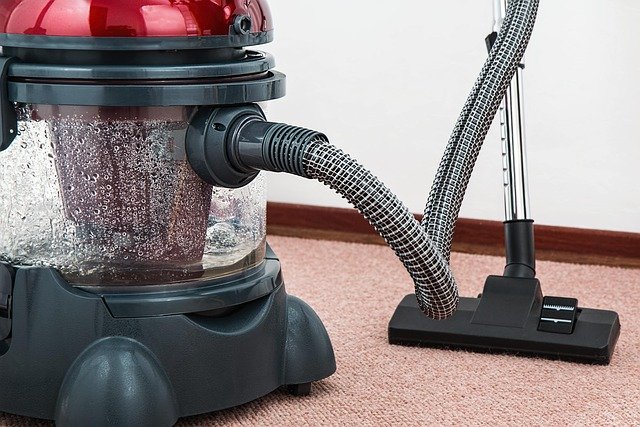Sofa Cleaning: Practical Care for Upholstery and Furniture
Regular sofa cleaning preserves appearance, extends lifespan, and helps maintain a healthier indoor environment. Upholstery traps dust, pet hair, oils, and allergens that can transfer to carpets and other furniture; addressing these issues with a consistent routine reduces build-up and prevents stubborn stains. This article explains sensible maintenance schedules, safe methods for different fabrics, spot-treatment techniques, how carpet care ties into furniture upkeep, and what to look for when evaluating professional or local services for deeper cleaning.

How often should you clean a sofa?
Frequency depends on use, household composition, and material. For everyday sofas, vacuuming weekly helps remove loose dirt, crumbs, and pet hair before they embed in fibers. Light spot-cleaning as spills occur prevents long-term staining. For deeper cleaning, many households benefit from a professional or thorough DIY cleaning every 6 to 12 months; high-traffic homes, households with young children, or allergy sufferers may need more frequent attention. Rotate cushions and change placement if possible to promote even wear and reduce dirt concentration in common seating areas.
Safe methods for upholstery cleaning
Start by checking the manufacturer’s care code—commonly W (water-based cleaning), S (solvent-based), WS (either), or X (vacuum only)—and always test any cleaner on a hidden spot first. For water-safe fabrics, use a mild detergent diluted in water and apply sparingly with a soft cloth, blotting rather than scrubbing to avoid fiber distortion. Solvent-safe fabrics should be treated with recommended dry-cleaning solvents. Steam cleaning can be effective for many upholstery types but must be used cautiously to avoid over-wetting and shrinking. Follow drying recommendations to prevent mildew.
Spot cleaning and stain removal tips
Act quickly when spills occur: blot excess liquid with an absorbent cloth, working from the outer edge inward to avoid spreading the stain. For common water-safe stains, a mix of mild dish soap and water can lift soils; apply with a cloth and blot dry. Oil-based stains often require a solvent designed for upholstery or professional attention. Avoid abrasive scrubbing, which can damage fibers or set stains. For persistent or unknown stains, consult care tags or a professional to reduce the risk of color loss or fabric damage.
When to clean carpets near furniture
Carpet areas under and around sofas often collect lint, dust, and tracked-in debris from routine seating, so vacuuming under and behind furniture weekly helps reduce transfer between surfaces. If the sofa sits on an area rug, consider rotating the rug and moving furniture occasionally to prevent uneven wear and permanent indentations. Address carpet spills promptly using appropriate spot-treatment for the carpet fiber type. For whole-room carpet maintenance, a deep cleaning every 12 to 18 months is a common recommendation, with adjustments based on traffic, pets, and occupants’ sensitivity to allergens.
Finding professional cleaning and local services
When local services are needed for upholstery or combined sofa and carpet cleaning, look for providers that explain their methods, carry liability insurance, and offer clear estimates and references. Ask whether they use truck-mounted extraction, portable hot-water extraction, low-moisture systems, or dry-cleaning solvents and which approach suits your furniture fabrics. Verify training or certifications from recognized industry organizations and read recent customer reviews to confirm reliability. Discuss drying times, stain warranties, and any eco-friendly or hypoallergenic options if those factors matter to your household.
In summary, consistent sofa cleaning—vacuuming, prompt spot care, periodic deep cleaning, and mindful coordination with carpet maintenance—keeps upholstery and adjacent furniture in better condition and supports indoor air quality. Match cleaning techniques to the fabric’s care code, test cleaners on inconspicuous areas, and choose professional or local services when stains or fabric types exceed DIY confidence. Regular attention reduces long-term damage and helps furniture remain functional and comfortable over time.






